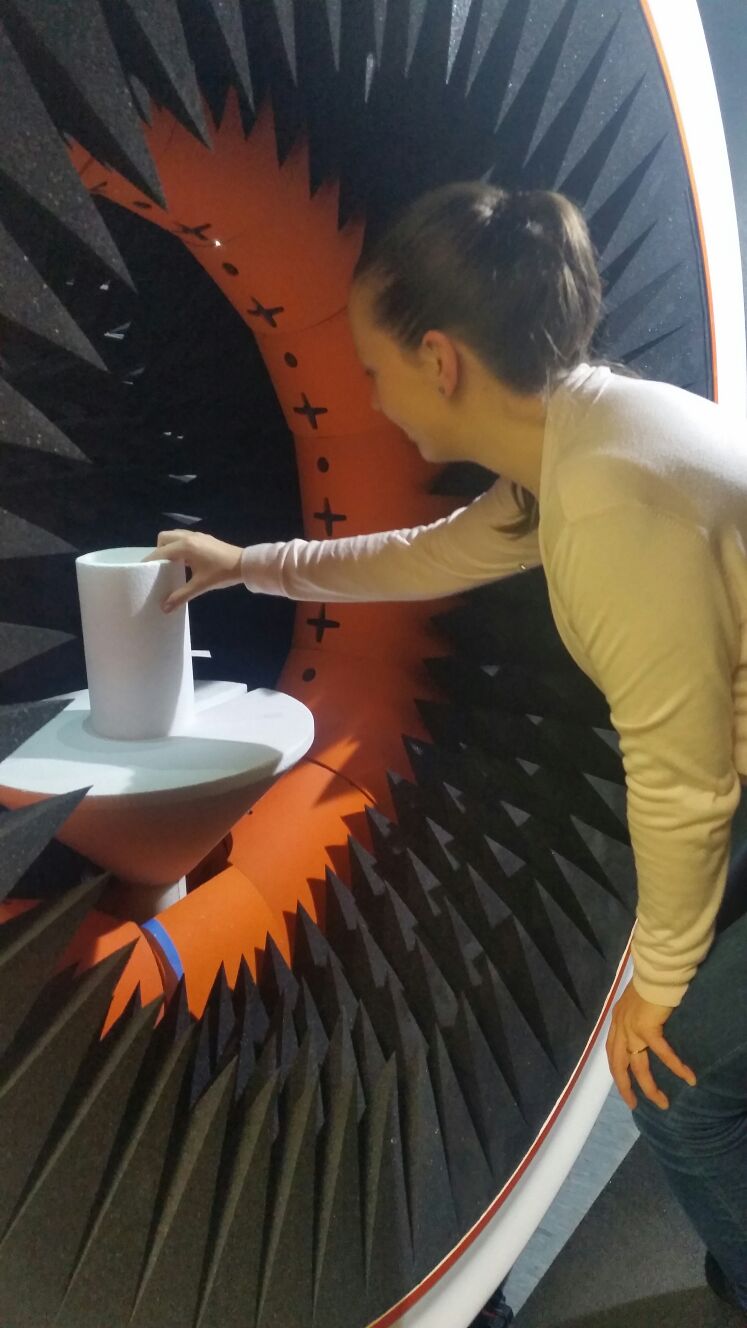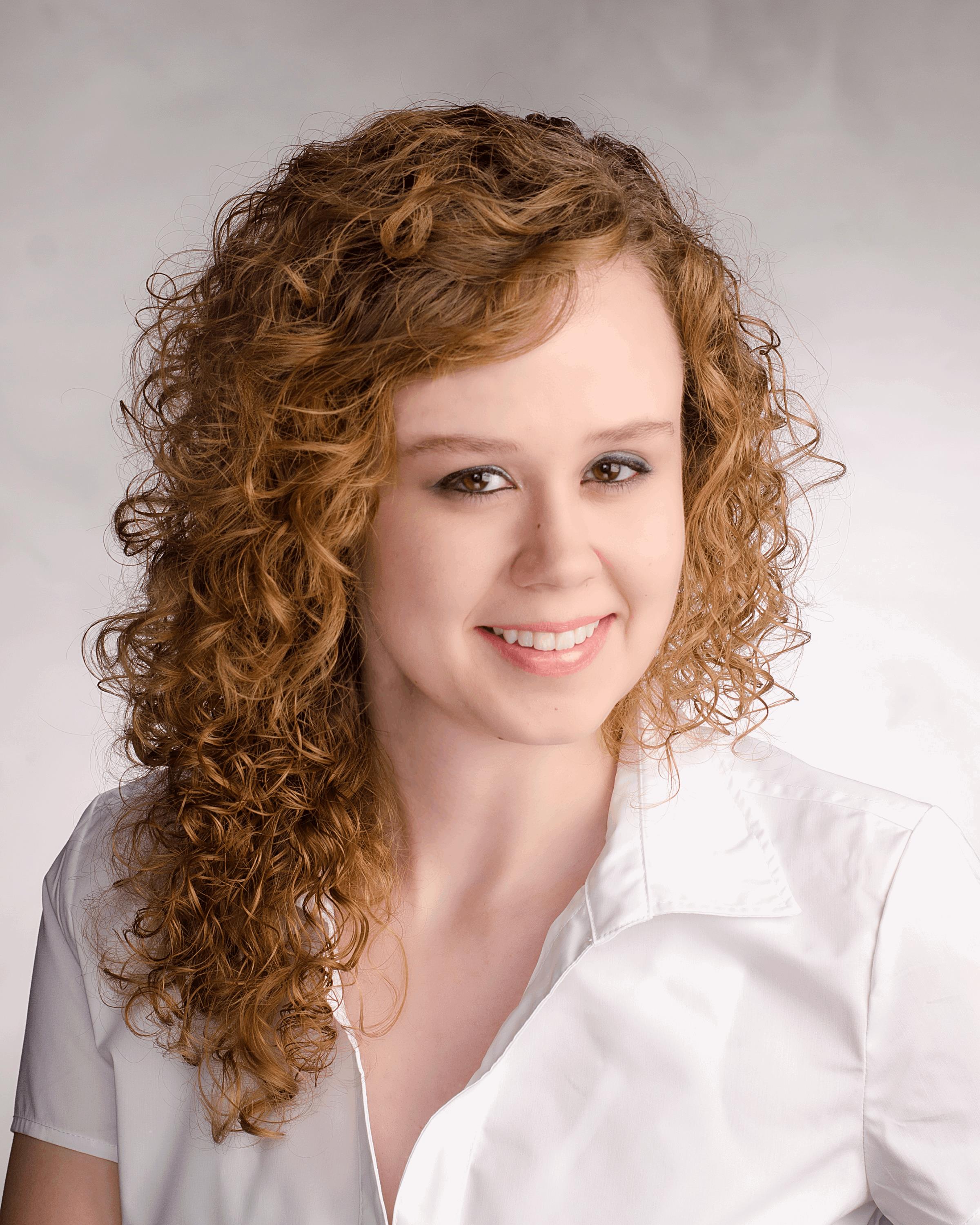Role Call: Antenna Engineer

Does fear of the unknown keep you up at night? Do you find yourself wondering what a certain job entails, how much you have to know, or what experience you might need to get started? Role Call is a series on RF Globalnet that explores each of these questions with a “peek behind the curtain” at different jobs and career paths in the RF and microwave industry.
Recently, Dr. Andela Zaric, Antenna Engineer at Taoglas, took time to answer some questions about her occupation. With two-and-a-half years of hands-on industrial antenna development and integration experience, as well as four years of research experience in antennas and propagation, Dr. Zaric is practiced in the entire antenna design process, from conception to product implementation. She has worked on various UWB, Cellular (2G/ 3G/ 4G/ 5G), ISM (Wi-Fi, ZigBee, BLE, Lora, and Sigfox), RFID, and other projects in IoT Industry and additional varied markets.
What does your position as an Antenna Engineer currently entail?
As an Antenna Engineer at Taoglas, I get to work on different types of projects and collaborate both internally with colleagues from other sites and work together with our customers. Roughly, we can divide the projects into internal product development and customer-specific projects.
For a new (internal) product design, quite often I start from scratch and design a new antenna to fulfill a specification that is missing in our portfolio. This includes simulation and then prototyping by hand in our lab, then collaborating with our factory in Taiwan to have samples fabricated. The first samples oftentimes need some adjustment, so the second time around, the samples coming out of the factory are ready for launch. Then comes the least fun part of engineering – writing the technical documentation in the form of the product datasheet. Oftentimes, before the final samples are launched, a patent application will also be submitted for this new product. Luckily, the text is written by our lawyers and, as an engineer, I just need to double check if everything is correct.
The customer projects are, in [the] majority of cases, an implementation of an existing product into a new customer device. This can range from very easy all the way to very complex so that, in reality, a new product is developed. This part of the role includes meetings with customers to find out their requirements and the objective with their product, which is very interesting. I like to see how one antenna can be used in so many different markets.
What education/certifications are required for this position, and what are the continuing education/certification requirements?
The minimum education would be a university diploma or a bachelor’s degree (BSc) to start as an Antenna Engineer who mostly does customer integration projects. For more demanding new product design, I would say either a couple of years of experience on top of that BSc, or an MSc with specific wireless and antenna-focused curriculum. Of course, a PhD in antennas is also an excellent starting point. The continuing education requirements are mostly of a non-formal nature, taking shorter professional or university courses about new technologies as they come along, and learning on the job.
What experience did you need for your position? What types of things did you need to learn on the job?
Before starting as a junior engineer, one really should know the basics of antennas and propagation theory. They should understand what are measures as S-matrix, efficiency, gain, TRP, TIS, and similar. Some experience with the simulation tools is very good, but not required. As an experienced engineer, one should definitely have hands-on experience with antenna simulations and measurements, and have worked on a few development or integration projects.
 What does a typical day in your position look like?
What does a typical day in your position look like?
My day usually starts with a coffee and email. Luckily, I don’t get that many emails, and that’s usually done in less than 30 minutes. After that, I will typically work on one of my current projects — either development or [a] customer project. The customer projects are always higher priority here. Later in the day, I may also have an initial customer meeting, accompanying one of my sales colleagues as technical support. Many times, the people we’re meeting with are also engineers, so there will be a fair amount of technical discussion. Then, from time to time, there might be an internal team meeting, either specific to a project or a weekly update call. As our engineering team and our customers are distributed all over the world, these meetings are almost always online conference calls. At the end of the afternoon, if there is more time, I will again work on one of my projects.
Working on the projects can be simulating something, or can be hands-on work in the lab, such as constructing a new prototype, or matching an existing antenna on a customer device, and then measuring it. Once these are done, reports have to be done.
Is there a specific step in an antenna’s design that is the most challenging for you? What is your favorite part of the design process?
The most challenging step varies from product to product. Sometimes, it’s the minimization of the product size; sometimes, it’s achieving good efficiency; sometimes, it’s figuring out how to manufacture this antenna (this is done together with mechanical and production engineers, but antenna engineers need to always keep this in mind).
Definitely, the favorite part of the design process for me is when I either make or receive fabricated samples, measure them, and see that they are performing well. In case they are not, then I have to find a way to fix them, and the best part then is actually fixing them and finally achieving that good result.
When designing an antenna, what programs do you use and why? Are there any other tools, equipment, or programs that you use throughout the design process?
For the initial design we use CST software, which is a 3D Electro-Magnetic (EM) Simulator, and it is a tool specifically used for antenna design and simulation. If the product entails some electronic components, as well, then I’ll also use Altium, which is a PCB design and layout software. Besides the software, we use a whole range of standard tools you might even use at home (screwdrivers, metal cutters, tweezers, etc.), and then some specific equipment, like soldering equipment, VNAs used to measure the antenna S-matrix, and much more. My favorite piece of equipment is the Anechoic Chamber, which is the only tool that can tell us how an antenna really performs. Simply said, it is a big metal box with some funny-looking foam on the walls connected to a load of very expensive equipment.
What are the biggest personal/professional challenges that your work presents for you?
I would say the strength to face adversity. Many times, the projects don’t go as planned and there are performance issues. You need to be persistent and have confidence that you can solve it. It can be demoralizing to be beating on the same bush for weeks, but at the end, there is always a solution. And the best part at the end is knowing you have actually helped someone to launch their product by solving the antenna issue.
What specifically drew you to this career path, and what is your favorite part of your occupation?
A long, long time ago, before even starting at my university, I remember reading its booklet for prospective students, and reading the wireless communications department description. I remember I was outright fascinated by the EM waves, and this “magical” energy we don’t see, yet it does so much, and nowadays we use it almost in all our devices.
Then, as I went through the university, I continued on this wireless communication path, finishing with a PhD. During those last years, I realized I wanted to make things, objects, little devices, that people would use and pay for, as opposed to do research and publish papers and books. So, I realized I wanted to be an antenna engineer. The favorite part of it all is knowing how antennas are such an important part in today’s so intensely wireless world.
What would be on your “wish list” for technologies, services, or resources that could improve your job performance — or make your work easier — and why?
Good question… I’d say a good, reliable, and simply technically written source of information regarding all legal topics that have to do with antennas and wireless devices. To explain a bit more, to sell a wireless product in many countries, it is necessary for that product to pass certain safety and functionality certifications. This documentation is always written by legal bodies and, oftentimes, it is difficult to boil down what is needed on the technical level.
We all have interests that are separate from work. What hobbies or other interests do you have outside the office?
In past years, when I lived in Portugal, it was scuba diving. I took a few certification levels and a lot of ocean dives. At the end, I am certified PADI rescue diver, and very proud of it. It was the most relaxing and unwinding sport I’ve ever tried. It had helped me to become very comfortable with the ocean and its forces of nature, and the best part is, when you dive, there is no noise, no one can speak, you just hear your breathing. It’s very relaxing and meditative.
Now that I live in Germany, I do a lot of cycling and snowboarding in the winter. I also started playing badminton recently, which is a very fast, fun, and social game. To round off with non-sport activities, I enjoy knitting and watching Netflix, especially in winter when it’s dark early in the evening. One day, I want to try sewing and making some clothes, as well. Ah yes, I shouldn’t forget taking foreign language classes, which I’ve been doing for more than eight years now. Out of pure necessity though, as I moved from Croatia, my birth country, to Portugal, and then to Germany.
What advice would you give to an individual just starting out in this field, both in terms of component/system design and professional development?
To not to be afraid or ashamed to ask anything. There is no stupid questions. For me, the most pleasant way of learning is alongside a more experienced colleague, but I have to also admit that the most effective learning is actually diving deep and making mistakes and learning as you do. Keep yourself informed on the latest antenna and wireless technology — always ask people how they did something that you haven’t done before. Also, take on projects even when they seem too much for you to handle; that’s how you grow and learn.
...
If you’ve ever wondered what a day in your RF dream job looks like, or you just want to discuss a job you’re passionate about, contact the author at with story suggestions, or to volunteer as a Q&A subject.
About the Author
 Marissa Stonefield is a Web Content Specialist for Photonics Online, RF Globalnet, and Med Device Online. She graduated from Messiah College with a B.A. in marketing, and from the Community College of Beaver County with an A.B. in business administration. She has previously worked as a content writer for Vanko Trading Inc., and as a journalist for Examiner.com, and Weddings Year Round Magazine in Lancaster, Pa.
Marissa Stonefield is a Web Content Specialist for Photonics Online, RF Globalnet, and Med Device Online. She graduated from Messiah College with a B.A. in marketing, and from the Community College of Beaver County with an A.B. in business administration. She has previously worked as a content writer for Vanko Trading Inc., and as a journalist for Examiner.com, and Weddings Year Round Magazine in Lancaster, Pa.
